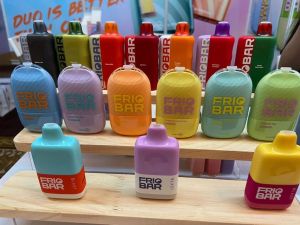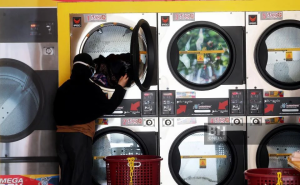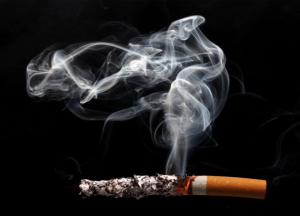Second-hand and third-hand smoke contain toxic chemicals that can threaten the health of those around you when you smoke or vape.
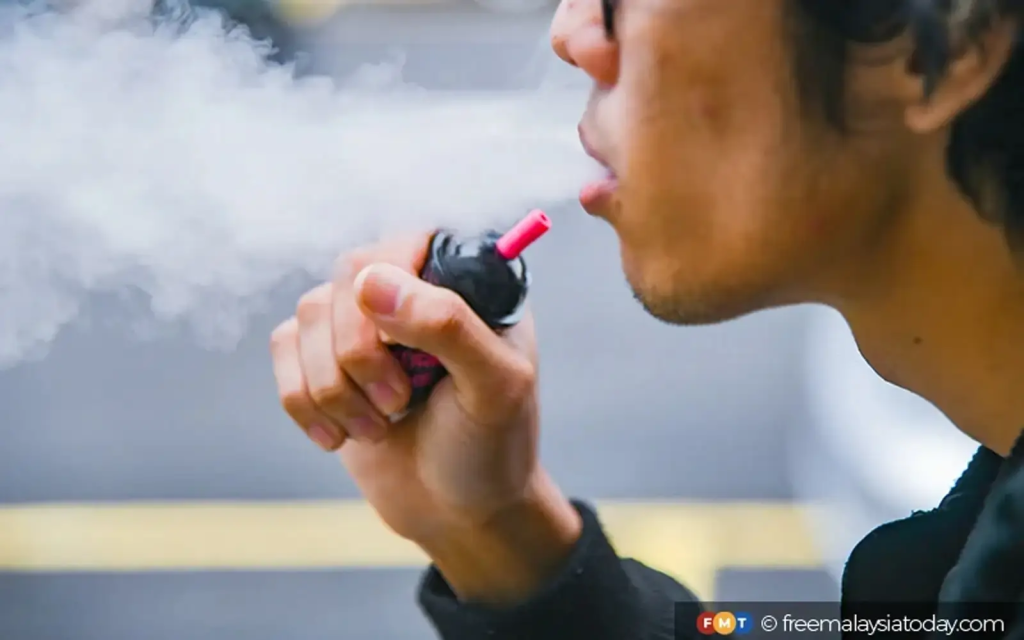
KUALA LUMPUR: The notion that e-cigarettes and vaping devices are safe
carries significant risks, impacting not only smokers but also those around them.
Associate Professor Dr Kow Ken Siong, Consultant Respiratory and Internal Medicine Physician at Sunway Medical Centre and the School of Medicine and Life Sciences at Sunway University, cautioned that viewing e-cigarettes and vaping devices as safer alternatives is dangerously misleading.
“Vaping and e-cigarette devices heat nicotine extracted from tobacco, along with flavourings and other additives, and users inhale this aerosol into their lungs.
While it may eliminate some harmful combustion by-products, it introduces a new array of chemicals, including various unregulated chemicals from questionable sources ranging from cleaning agents to pesticides and even methanol, one of the main ingredients for rocket fuel, which may also be very harmful,he said in a statement.
He said recent studies have linked vaping and e-cigarette use to severe lung injuries, an increased risk of tobacco and other substance use, mental health issues, both pulmonary and cardiovascular diseases as well as unintentional injuries among adolescents.
He said smoking from a young age has a particularly severe health impact, as the lungs continue to develop until around 20 to 25 years of age.
With vaping, we are treading on dangerous ground where youths unwittingly are guinea pigs in this uncontrolled experiment,he added.
What’s more, he said, many young smokers and vapers operate under the misconception that their choices affect only themselves, but the reality is starkly different, where second-hand smoke is a silent assailant, infiltrating the lungs of those around them.
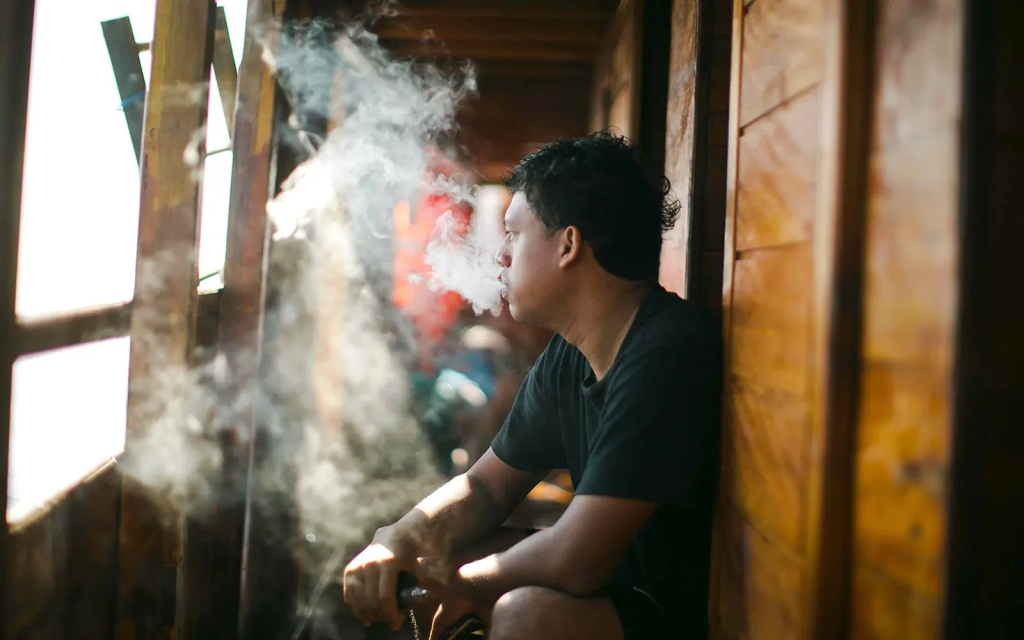
Second-hand smoke, a combination of smoke from the burning end of a cigarette and the smoke exhaled by smokers, contains over 7,000 chemicals, hundreds of which are toxic and about 70 that cause cancer.
Even though e-cigarettes may lack some harmful chemicals compared to what is found in traditional cigarettes, Kow stressed that it is still far from benign.
He said children and pregnant women were particularly vulnerable to the effects of second-hand smoke, which could lead to respiratory infections, sudden infant death syndrome (SIDS) and impaired cognitive performance.
Additionally, he pointed out that the often overlooked threat of third-hand smoke extends beyond the immediate dangers of second-hand exposure as the residue, which contains nicotine and chemicals, clings to surfaces for months, releasing toxins and carcinogens.

“Thirdhand smoke embeds itself in carpets, furniture, and even clothing. Over time, this residue can react with indoor pollutants, forming carcinogenic compounds.
This lingering menace poses risks, especially to infants who crawl on carpets or individuals who spend extended periods in contaminated environments that contain more than 200 chemicals.
Kow is advocating for comprehensive education campaigns targeting the youth and the general public across all ages to bring a change through greater awareness.
“We need to debunk myths and present hard facts, especially as parents, when educating children and adolescents about the dangers and contents of these devices. Everyone should play a role and must come together to communicate the seriousness of the situation.
Homes, cars, and public spaces should serve as sanctuaries. We have seen other countries implementing smoke-free policies with success that have shown very positive and encouraging results,
he said, adding that protecting loved ones from such unseen threats is a collective responsibility.

There were several effective treatment options to quit smoking, Kow said, including nicotine replacement therapies such as patches, gums, and lozenges, prescription medications and behavioural counselling.
While quitting smoking can be tough, it is possible with the right support and treatment plan.
“I encourage anyone seeking to quit to consult with their doctor, who can help tailor a cessation plan that best suits their needs and improves their chances of long-term success.
Every puff sends ripples far and wide, impacting lives in ways we may never realise. Let’s embrace our role as protectors of our well-being and those of our loved ones,he concluded.Source: FMT

